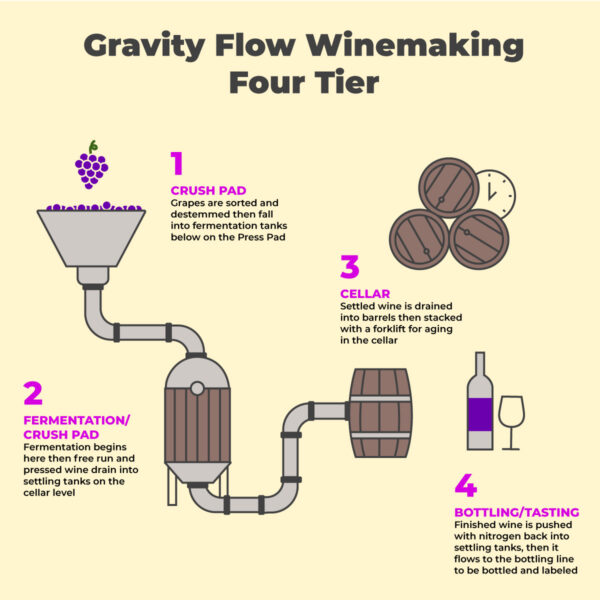You may just think the only source of difference between Syrah and Sirah is a typo. There are however various characteristics and origins that set the grape varieties apart.
SIRAH
The black grape, Sirah, is actually a cross of varieties Syrah and Peloursin; all three varieties originate from the southern Rhone region of France. In the 1880’s Mr. François Durif blended the genetics of the two grapes. Sirah, in turn, is also recognized as Durif.
Sirah berries are tightly clustered and dark. Overtime it was found that the vines were not well suited for France’s climate because of their lengthy ripening process and Rhone’s heavy rain late in the growing season. The thin skin of Sirah fruit achieved a higher quality when grown in Mediterranean climates, with long and dry summers. Today, the grape is grown in California regions such as Napa Valley and Sonoma, where is seems to thrive.
Sirah wine is very dark and deep in colour. Tannins are strong and rich textures fill the mouth. The palate holds flavours of spices and peppery red fruit.
WineCollective has previous featured 2010 Castle Rock Petite Sirah from Lake County, California. Here are our tasting notes; we do recommend you give it a try!
Eyes: Huge body to this wine, it is almost completely opaque. This wine will stain your glassware if left in overnight.
Nose: Straight out of the bottle there are meaty rustic notes, but these will blow off with 15 – 30 minutes in the glass. Afterwards, it rounds out to notes of black fruit (plum, blackberries, black cherries).
Mouth: Tannins are huge but not overly grippy. Our tasters found more blackberry than meat on the palate versus the nose. The tart (due to acidity) dark fruit also combined with leather and cigar box. You just need food to sop up the huge body and the bit of heat that peeks through.
Food Pairing: This is a red drinker’s red wine. Combine with a white meat like pork tenderloin in a blue cheese sauce.
SYRAH
As previously noted, the Syrah grape originated in Rhone France, where it is still grown and produced to make many fine wines. Unlike the Sirah grape, Syrah is very easy to grow and has flourished in regions of the United States, Argentina and Australia. Down Under, the wine is known as Shiraz and this name has become widely recognized throughout the wine world.
Syrah is a red grape that produces full-bodied wines that are excellent for cellaring as they can age and develop for a decade or more. Syrah aromas show off smooth chocolate and blackberries. The variety is commonly used to create red blends with Cabernet Sauvignon, Merlot or Grenache.
WineCollective has included plenty of Syrah wines from around the world in our packages. The 2007 Cameron Hughes Lot 237, produced in Napa Valley, carries many typical Syrah characteristics.
Eyes: Inky black with purple tones in the glass completely opaque except for the very rim.
Nose: Dense black fruits, mint, spice, cedar, vanilla, olive, tar, resin, plums, coffee, and chocolate packed tightly together over alcohol heat. It’s a little boozy (15.8% will do that), so taking a short break from nosing may yield different results when you return.
Mouth: A bruiser, prepare to have your palate worked over by this full-bodied Syrah. Powerful with intense coffee, smoked meat, tar, tobacco, and wood flavours. Alcohol adds some silky textures to the body as well. Some rustic or stemmy tannin characters may be noted on the back palate as well.
Food Pairing: Beef or protein rich foods are the natural pair but this wine may be best with smoked or cured meats or game based dishes due to its size.
Rhone Valley, Southern France
If you are still new in your wine journey, we invite you to see, smell and taste the difference between the two grapes; both of which bring deep and flavourful wines to the table. If nothing else, you can be confident in your wine trivia with the creation of Dr. Durif’s Petite Sirah and it’s parent Syrah.



























































